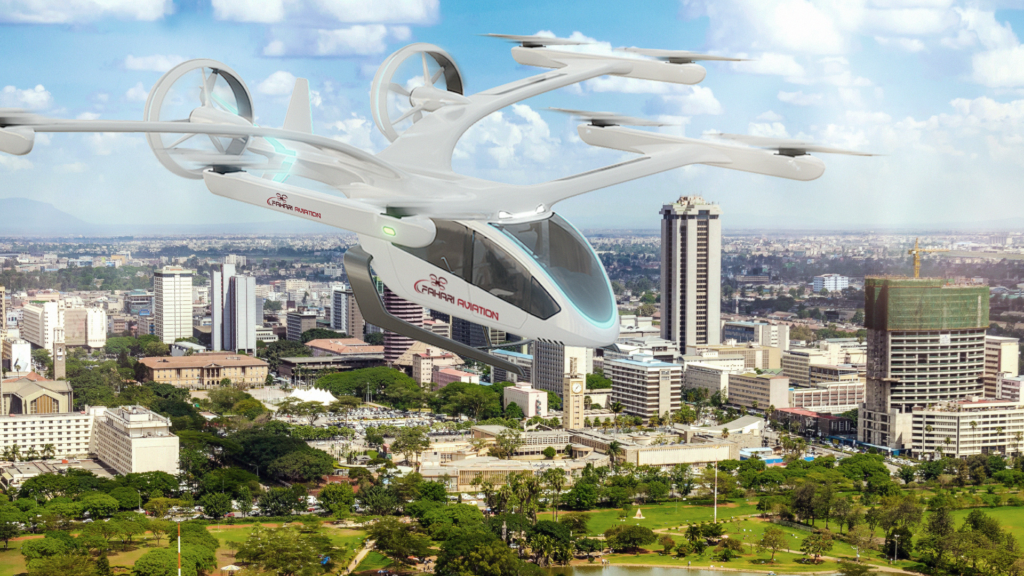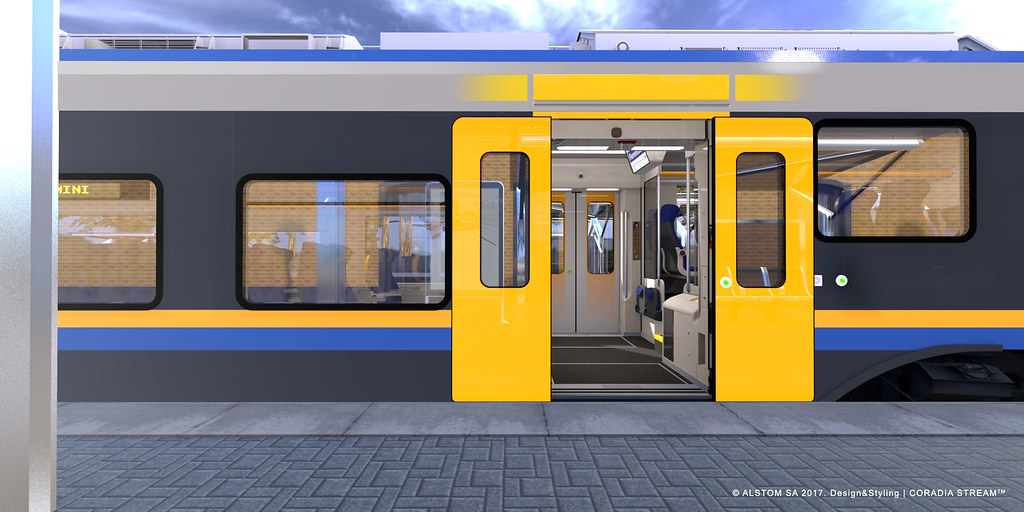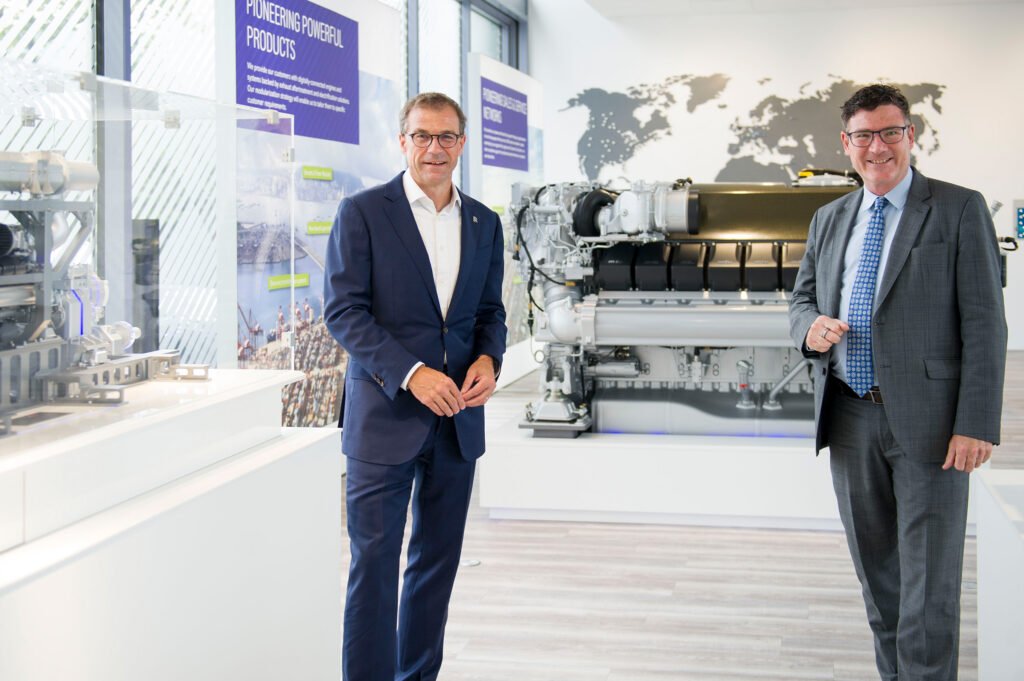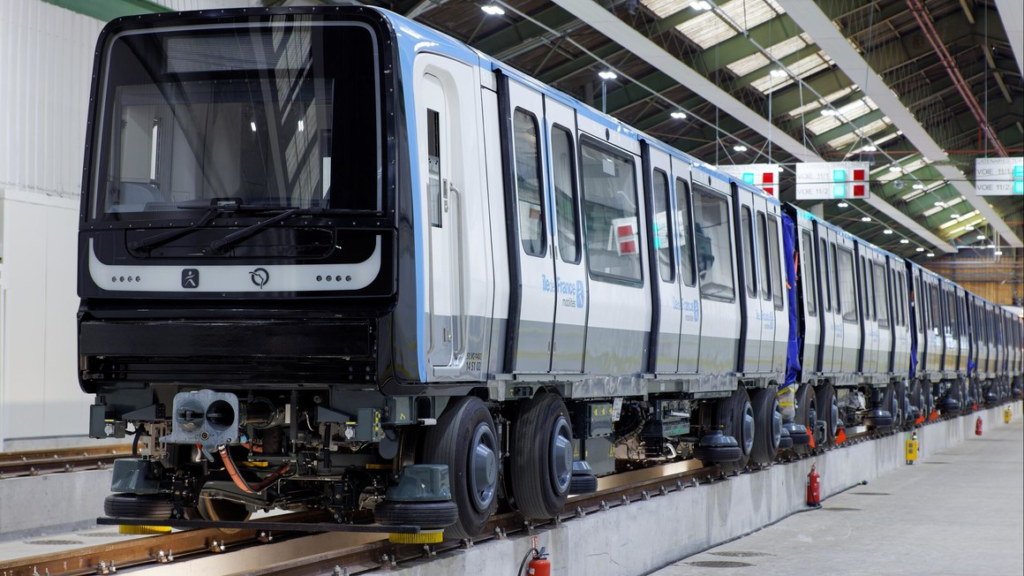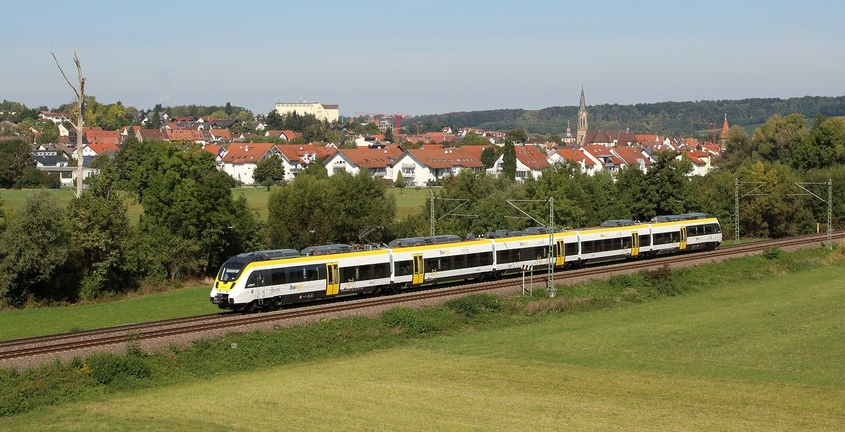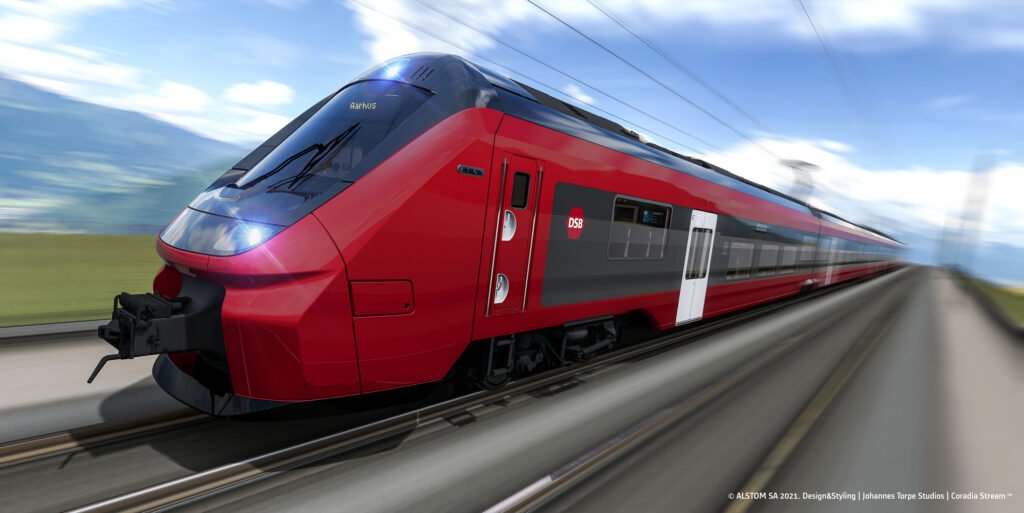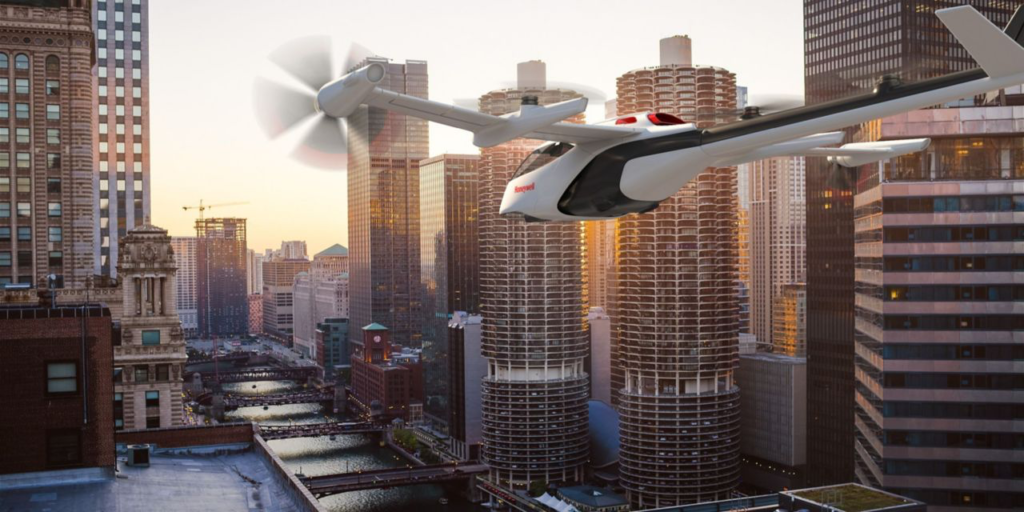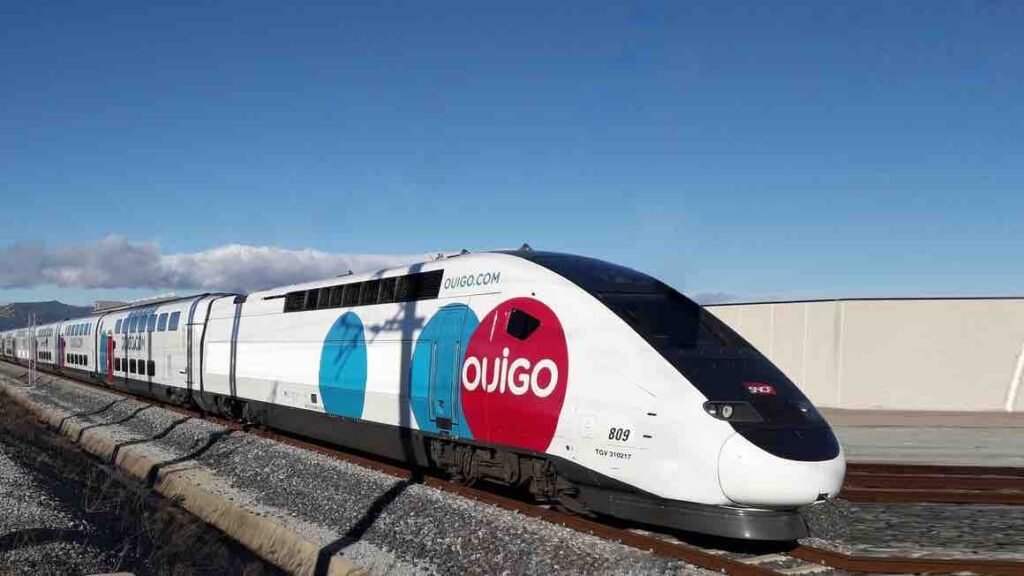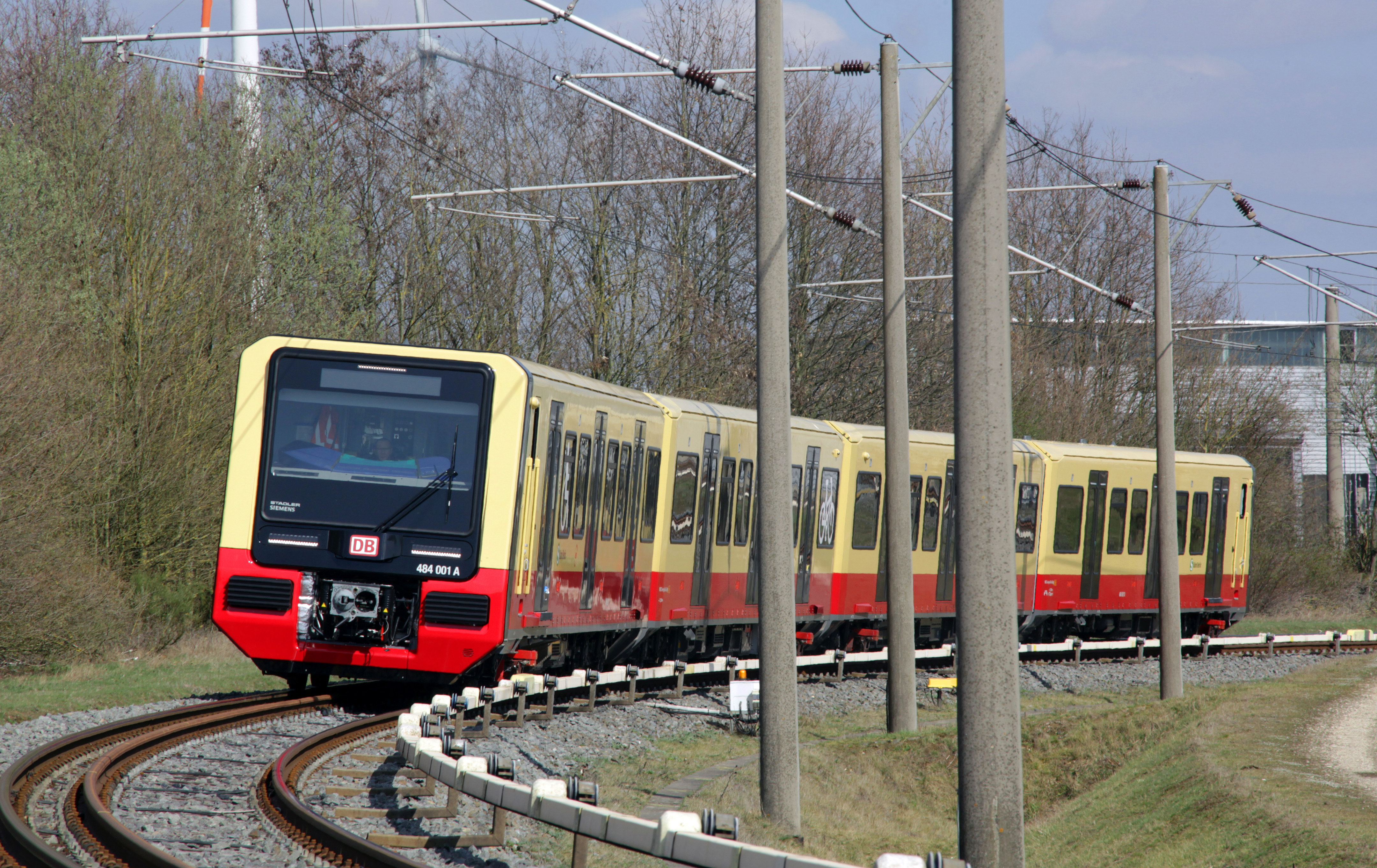Embraer’s Eve and Kenya Airways Partner on the Future of Urban Air Mobility
Eve Urban Air Mobility Solutions (“Eve”) signed a Memorandum of Understanding (MoU) with Kenya Airways PLC, the flag carrier of Kenya, through its fully owned subsidiary Fahari Aviation. This collaboration aims to develop operational models…
